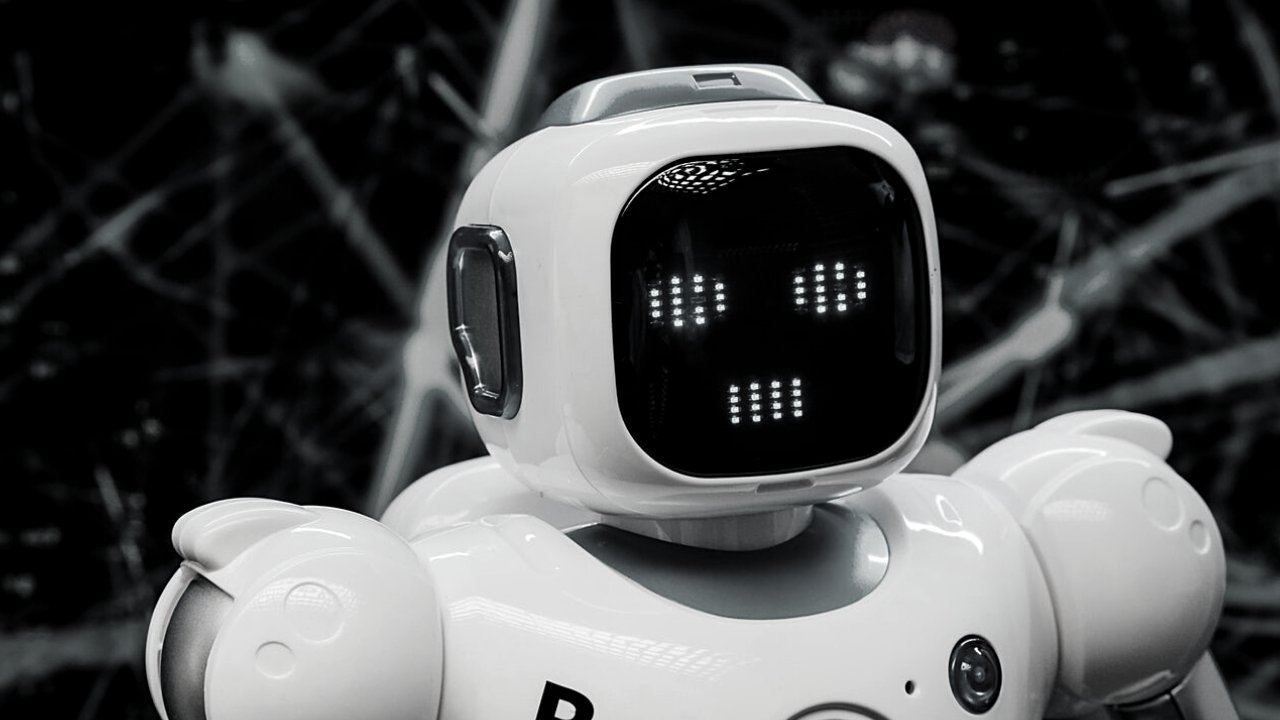Although many have had a fear of robots taking over their jobs, technology in the workplace aims to take over repetitive tasks, allowing humans to focus on more high-skill and productive work.
But this isn’t something far into the future — we are failing to see how technology has already altered the workforce, both for the better and worse. While some tools help workers resolve issues more seamlessly, it also provides leaders more monitoring tools that can be damaging to employees.
“The basic incentives of the system have always been there: employers wanting to maximize the value they get out of their workers while minimizing the cost of labor, the incentive to want to control and monitor and surveil their workers,” said Brian Chen, staff attorney at the National Employment Law Project (NELP). “And if technology allows them to do that more cheaply or more efficiently, well then of course they’re going to use technology to do that.”
Over the past year, sales for tracking software saw a huge spike as companies moved to remote operations. Using this technology has been linked to a poor quality of life for employees, who feel that they are not trusted by their employers.
Additionally, automation has become a mainstay in the gig workforce, where workers are forced to compete with each other to get any jobs that sometimes depend on tips. Because of this, many workers are left with little to no protections when they aren’t able to snag a gig.
While robots may not necessarily be taking jobs away, they can make the jobs themselves harder.


 Dr. Gleb Tsipursky – The Office Whisperer
Dr. Gleb Tsipursky – The Office Whisperer Nirit Cohen – WorkFutures
Nirit Cohen – WorkFutures Angela Howard – Culture Expert
Angela Howard – Culture Expert Drew Jones – Design & Innovation
Drew Jones – Design & Innovation Jonathan Price – CRE & Flex Expert
Jonathan Price – CRE & Flex Expert











